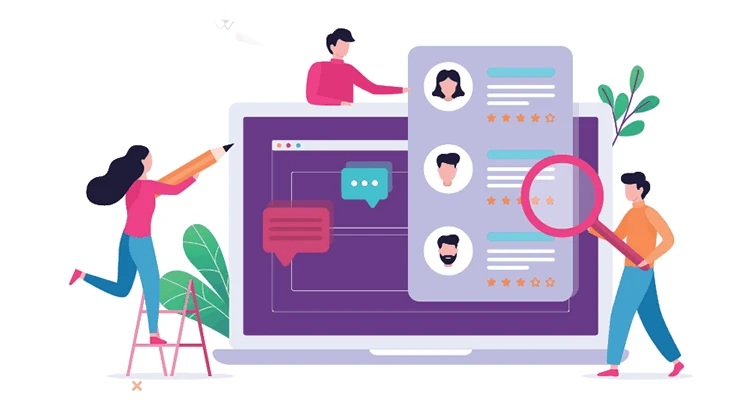
 Thinkstockphotos.com |
Having taught more than 25,000 salespeople, it never ceases to amaze me how most people don’t have a clue about sales. Maybe it is because we encounter so few good salespeople.
Let’s start with a definition that I have found very useful when speaking to the green industry. Selling is communicating your trade and profession to customers.
It is not your customer’s responsibility to determine the difference between your products and your competitors. It is your responsibility to sell value and communicate the point of difference. Notice I never used the words coerce, cheat, force, push or swindle.
The following buying reasons have been taught for years, but too many people don’t understand what they really mean.
People buy from those they like.
Yes, but the real answer is they buy from whom they like if all else is equal, which usually means if things are about the same price or they respect your ability. We have all bought something from our brother-in-law or buddy who let us down.
People hate to be sold.
People love to buy things but hate to be sold. They like to spend money but they don’t like to be pushed. That is why professional salespeople make it easy for the customer to buy and never really “sell” them anything.
People buy on their logic, not your logic.
People buy because they believe you will solve their problem, not because they technically understand what you do.
When you go to the doctor, he or she will often prescribe a drug to help cure you. We have no idea what that drug does chemically but we take it because we trust the doctor. Selling is about trust. People buy because they trust you to solve their problem.
 Each employee should make it his or her goal to make it easy for the customer to buy a product by communicating its value. © Tyler Olson | Dreamstime.com |
Here are some tips, ideas and phrases to use when talking with customers.
Tell me more about that
Answer a question with a question
Most of us were good boys and girls and learned to obey our teachers, big brothers, parents and other people of authority. This was a good strategy when you were 8 years old, but does not necessarily work well when talking with customers.
Blindly answering the customer’s questions may not be in your best interest because the customer may be asking the wrong question. For example, a customer may ask if a particular cultivar is disease resistant. Why did the customer ask that question? Have they had bad luck with them in the past? Find out why your customer is interested in that selection.
Tag lines for objections
In the heat of battle, it seems customers give you a zillion objections. But in reality, a few objections cover 90 percent of the objections retailers face.
Come up with some common lines you can offer to counter these basic objections. I call these tag lines, something you pull out of your pocket and say to the customer. Let’s practice a tag line with that age-old objection, price.
The customer says, “Your price is too high.” The retailer says, “I know it is a lot of money. Here at Acme Garden Center, we decided a long time ago that we were better off to charge a little more than to deal with the problems that selling cheap products causes. I want to make sure that if I see you again, I’m proud of the products you bought from us.”
Monroe Porter is president of PROOF Management Consultants and PROSULT Networking Groups. He can be reached at mporter@giemedia.com.

Explore the July 2013 Issue
Check out more from this issue and find your next story to read.
Latest from Garden Center
- The HC Companies, Classic Home & Garden merge as Growscape
- Terra Nova releases new echinacea variety, 'Fringe Festival'
- Eason Horticultural Resources will now officially be known as EHR
- ScottsMiracle-Gro transfers cannabis subsidiary to focus on core lawn and garden business
- Should we start calling natives 'eco-beneficial plants'?
- Ellen Mackenbach-Lakeman appointed new CEO of Dümmen Orange
- $7,500 in therapeutic garden grants available from National Garden Bureau
- The Growth Industry Episode 3: Across the Pond with Neville Stein





